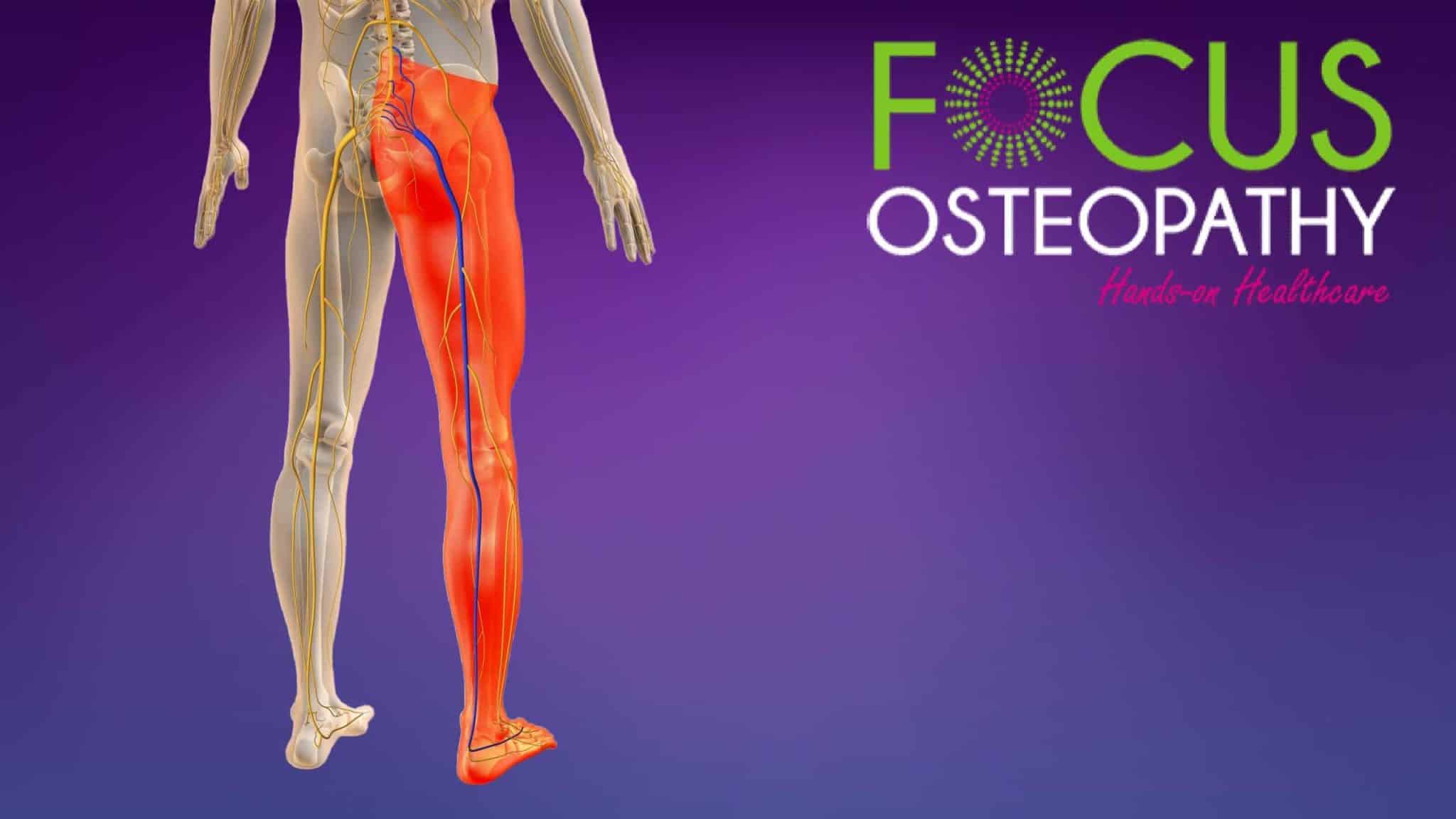Does Massage Therapy Help Sciatica? 4 Things You Must Know
Imagine waking up each morning with the searing pain of sciatica, a relentless ache that shadows your every move. Simple activities become arduous tasks, and the joys of everyday life seem out of reach. If you’re here, it means you’ve taken a crucial first step towards finding relief. This blog will guide you through the … Read more

